![]() 25 Nov 2023
25 Nov 2023
The evolution of the Earth is a captivating journey spanning billions of years, encompassing dramatic transformations in its physical, chemical, and biological composition. Over this extensive timeline, our planet has witnessed the emergence of continents, oceans, and diverse life forms, shaping its current state. The study of evolution of the earth offers profound insights into the dynamic processes that have sculpted our world and the intricate interplay of natural forces that continue to shape its future.
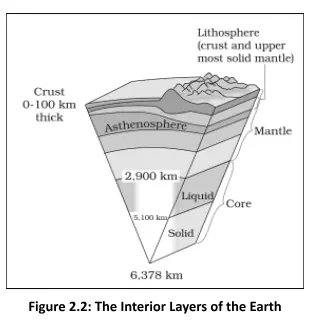
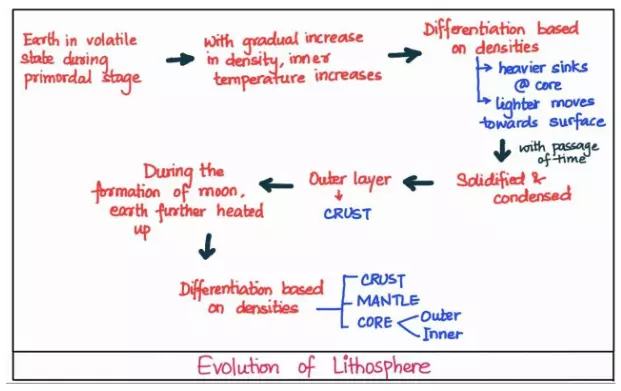
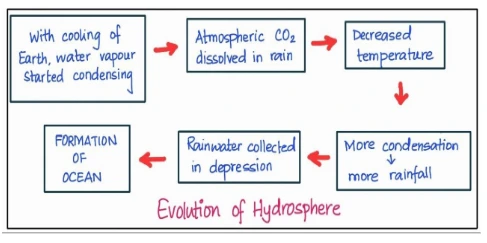
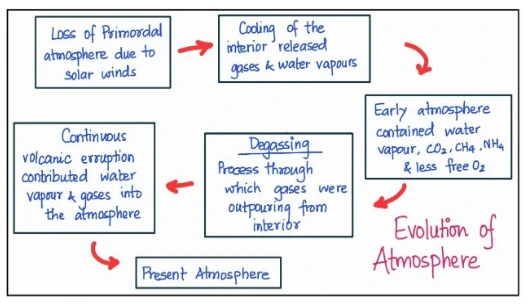
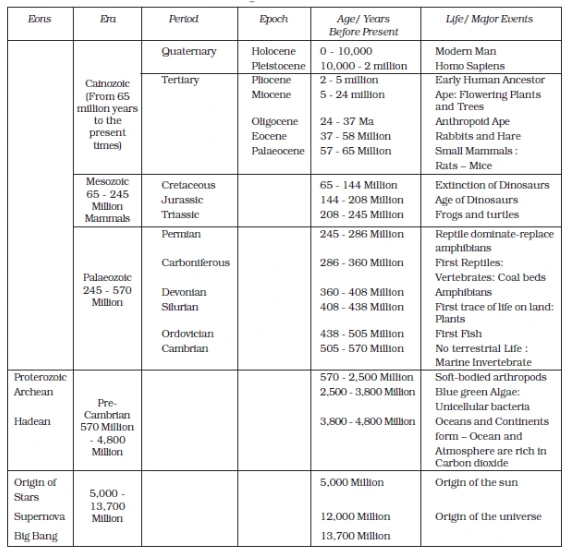
<div class="new-fform">
</div>